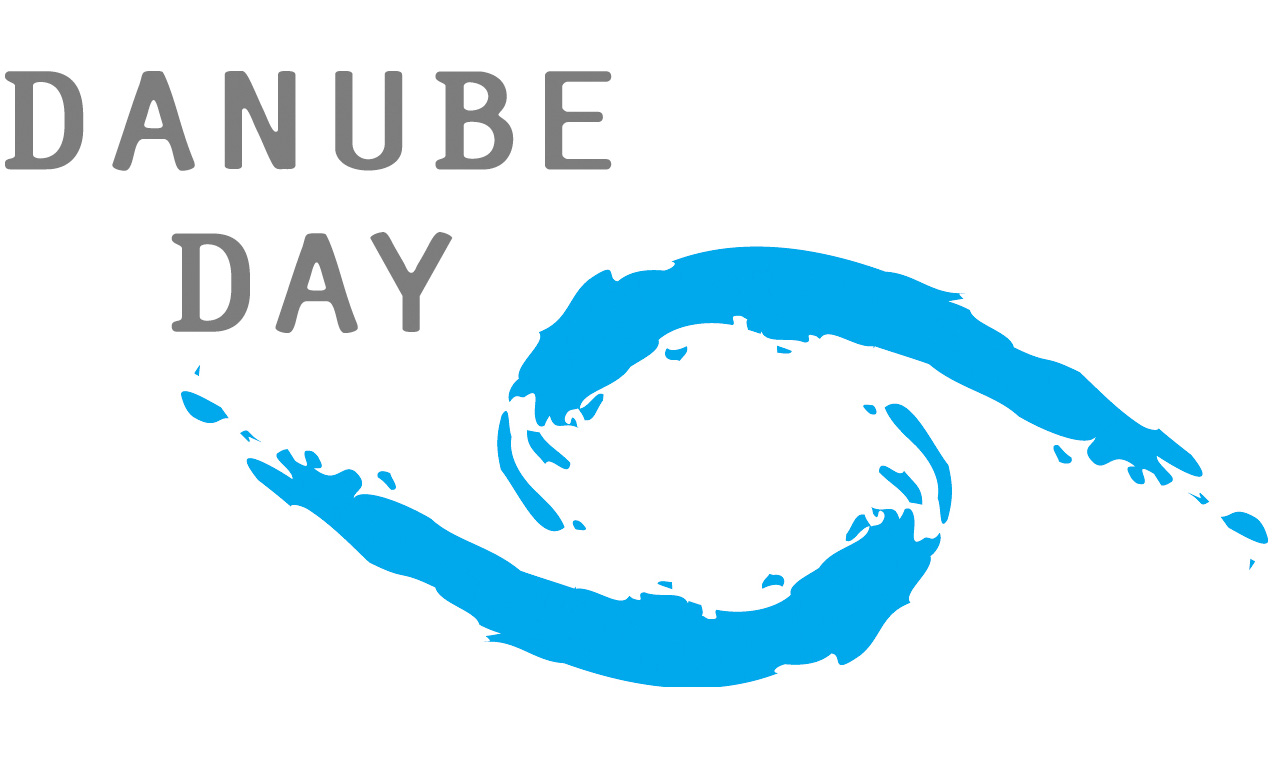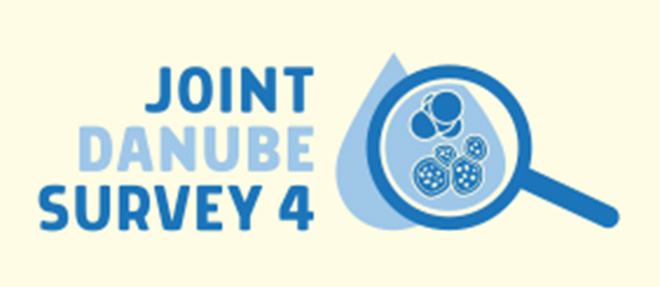Danube Watch 3/2018 - Transnational Cooperation for Sediment Management in the Danube River
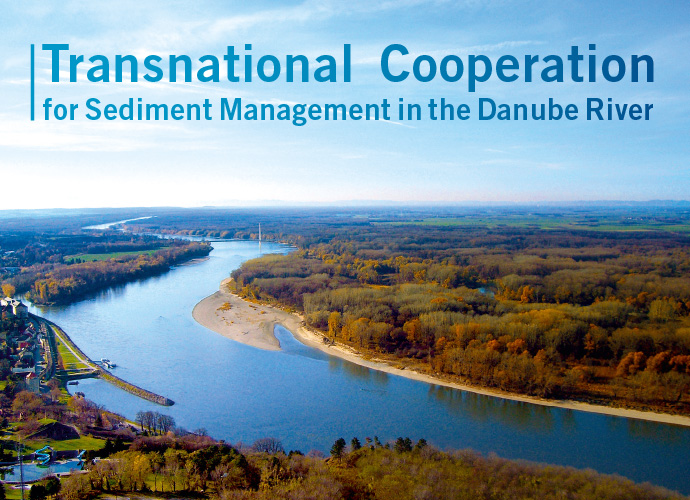
The Danube River, east of Vienna, view from Braunsberg; Foto: © Philipp Gmeiner, IWHW-BOKU, Vienna
The transport of sediments, such as gravel and sand, is a natural process in river systems. Over the decades, human activities along the Danube and its tributaries have led to substantial changes in the natural sediment regime. These changes negatively influence important water management issues such as flood risk and erosion protection, inland navigation, biodiversity and hydropower production. In order to address these changes, we need an integrated sediment management plan for the Danube. The ICPDR recognises the seriousness of this issue and identifies this lack of management in the Danube River Basin Management Plans for 2009 and 2015.
To tackle this challenge, policymakers, researchers, administrations, environmental organisations and companies from nine countries along the Danube began working together on the DanubeSediment project in January 2017. The two-and-a-half-year project seeks to improve water and sediment management, as well as the morphology of the Danube River. It has a budget of €3.56 million and is co-funded by the European Union (ERDF and IPA funds) through the Danube Transnational Programme.
Closing knowledge gaps
The project partners began by collecting data on sediment transport throughout the Danube and its main tributaries. Joint measurement campaigns in Austria, Romania and Serbia enabled a comparison and harmonisation of the methods used to collect sediment data. The project team will use this data to calculate a Danube-wide sediment balance. This sediment balance will analyse the sources, sinks and redistribution of sediment throughout the Danube.
In order to understand the reasons for the changes in sediment quantity and continuity, the project is reviewing key drivers and pressures on the sediment balance and assessing their impact. Supported by stakeholders throughout the basin, DanubeSediment is collecting good practice measures to improve sediment transport. These measures should in turn reduce habitat loss by improving and securing river system functionality.
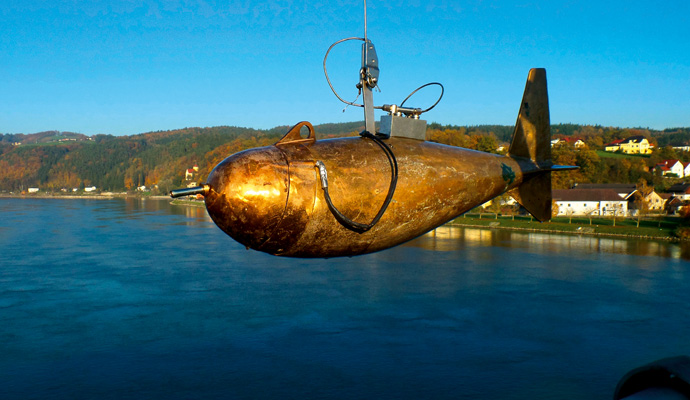
Strengthening governance
One of the main tasks of the project is to deliver recommendations for policy-makers in the field of sediment management. The project will publish a “Danube Sediment Management Guidance” document, making suggestions to improve monitoring and planning of sediment-related measures. Igor Liska, Technical Expert for Water Quality and Water Management at the ICPDR, says: “We are looking forward to the results of the DanubeSediment project, which will provide the ICPDR with essential input for the 3rd Danube River Basin Management Plan and the 2nd Danube Flood Risk Management Plan.”
Improving sediment management in practice To make the project results understandable and applicable for key stakeholders in different fields of sediment management, the project partners are actively including external experts, practitioners and policymakers. Regular events take place in each partner country, enabling participants to transfer knowledge and experiences within the project and amongst each other. For example, in April 2018, the project invited an array of experts from throughout the Danube River Basin to a workshop in Budapest to discuss innovative sediment monitoring methods.
This network of stakeholders from different sectors is closely involved in preparing the project outputs. Based on their input and cooperation, the project will publish a “Sediment Manual for Stakeholders”. Prof. Helmut Habersack, from the Institute of Hydraulic Engineering and River Research at the University of Natural Resources and Life Sciences in Vienna, explains: “To address the needs of key stakeholders, the manual will provide each target group with a collection of specific good practice measures to improve the sediment balance.” By fostering cooperation across borders and sectors, DanubeSediment is contributing to the development of integrated sediment and water management that will benefit both the environment and the well-being of people.
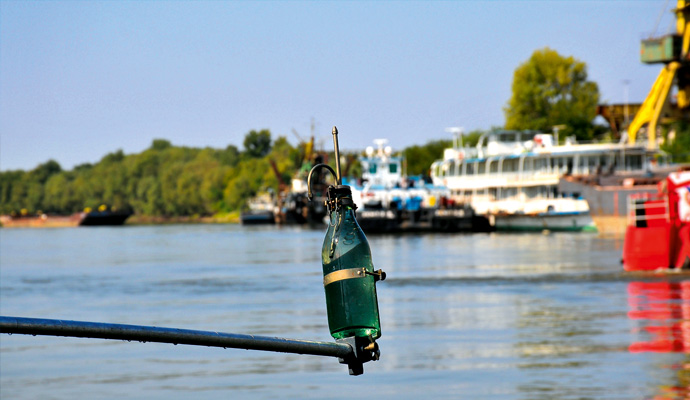
The two photos show instruments used to monitor sediment. The top photo shows a US P63-Sampler, which is a best practice device for monitoring sediment. The photo directly above shows a water sampling method used to analyse suspended sediment. Foto: © Marlene Haimann / IWHW - BOKU




